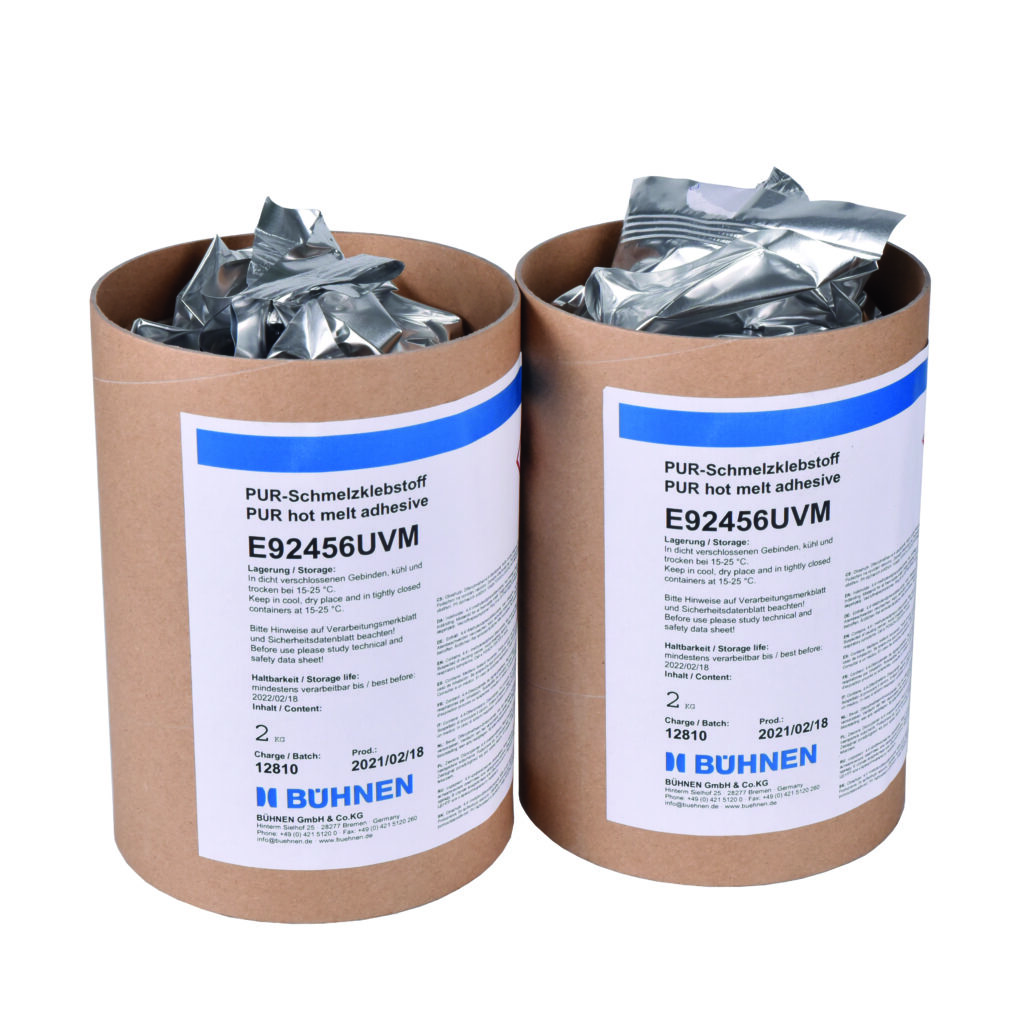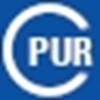PUR – combining the advantages of two adhesive worlds
What makes PUR hot-melt adhesives so special?
Polyurethane hot-melt adhesives are characterised by the fact that they combine the advantages of physically setting hot-melt adhesives with their high process speeds, with those of reactive one/two-component adhesives and their high bond strengths.
You can find more expert knowledge in our PUR glossary entry.
This combination of properties has led to the use of polyurethane hot-melt adhesives in a variety of applications, e.g. in the automotive industry, filter industry, wood and furniture construction, book-binding, packaging industry and textile industry, to name just a few of the most important ones. Polyurethane hot-melt adhesives are used both in surface application for lamination, for example in the textile industry and in bead application for clip bonding in the automotive industry.
Reactive properties for lasting connections
The reactive properties of PUR hot-melt adhesives play a decisive role in their performance. After the adhesive has been applied and cooled, the chemical process of curing and cross-linking begins. This reaction results in a strong and durable connection that can withstand extreme conditions. The cross-linking and curing of the adhesive occurs under moisture absorption, which means that environmental conditions can influence the speed and quality.

Combination of reactive properties with the advantages of standard hot-melt adhesives

PUR have an extremely wide adhesion spectrum. This is because these hot-melt adhesives have very low molecular weightwhen applied and joined, which means they have good adhesion properties to many different plastics, for example ABS, PVC, polycarbonate, polystyrene. Reactive PUR hot-melt adhesives provide excellent adhesion to a variety of materials, including plastic, wood and more. This results in long-lasting connections.

High cohesion enables constructive bonding. The reactive curing of PUR hot-melt adhesives leads to a strong and lasting connection between the bonded materials. This connection can provide resistance to tensile forces, shear forces and environmental influences.

High temperature resistance in both cold and heat enables, for example, use in the automotive industry.

Resistance to plasticisers, oils and solvents enables bonding of soft PVC demanding filter applications.

High resistance to aging of the bond. Reactive PUR hot-melt adhesives are often resistant to UV radiation, moisture and other environmental influences, making them suitable for outdoor use.
- Blocked hot-melt adhesive granules – causes, effects and solutions - 11. März 2025
- Temperature sensors: The invisible heroes in melting devices - 21. Januar 2025
- Fracture patterns when bonding: What they say about the connection - 14. Januar 2025